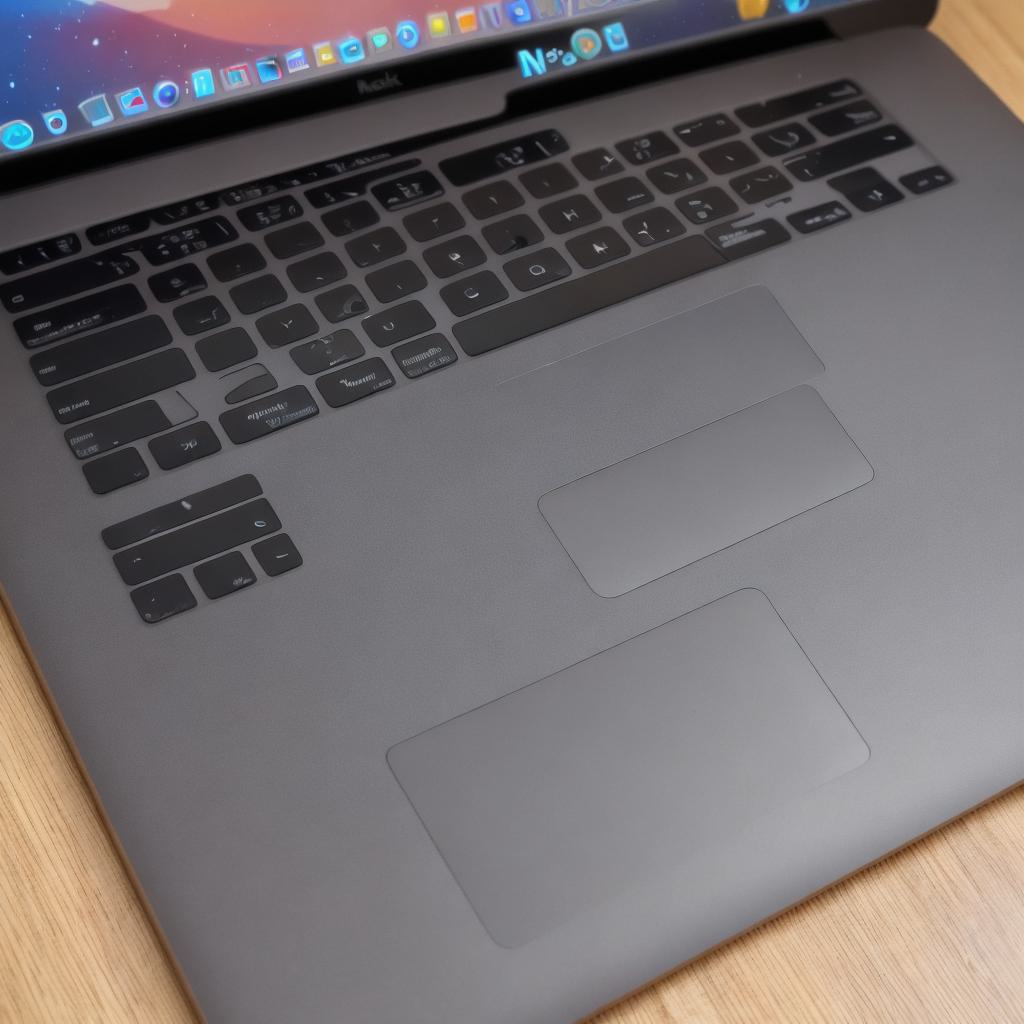Introduction
If you are an android developer looking to take your skills to the next level, it’s time to consider using a MacBook. While traditionally associated with iOS development, MacBooks have become increasingly popular among android developers due to their powerful hardware and versatile software. In this guide, we will explore how to use a MacBook for android development, including setting up your development environment, coding, debugging, and publishing.
Setting Up Your Development Environment
To get started with android development on a MacBook, you’ll need to install the Android Studio Integrated Development Environment (IDE). This is the official IDE for android development and provides a wide range of features and tools to help you develop your apps more efficiently. To download Android Studio, simply visit the official website and follow the installation instructions.

Once you have Android Studio installed, you’ll need to create a new project. In the "Start a new Android Studio project" window, select "Empty Activity" as the project template and click "Next". You will be prompted to enter your project name, package name, save location, language (Java or Kotlin), minimum SDK version, target SDK version, and enable Google Play Services.
Coding on a MacBook for Android Development
Now that you have set up your development environment, it’s time to start coding! Android Studio provides a range of features to help you write clean, efficient code for your android apps. These include code completion, syntax highlighting, and error checking. You can also take advantage of the built-in debugging tools to test and debug your code in real-time.
One of the key advantages of using a MacBook for android development is its powerful hardware. With access to multiple cores, high RAM, and fast storage, you’ll be able to develop faster and more efficiently than on a less powerful machine. Additionally, MacBooks run on macOS, which provides a range of productivity tools and features that can help you stay organized and focused while developing your apps.
Debugging and Publishing Your App
Once you have completed the coding phase of your app development, it’s time to test and debug it on a physical device or emulator. Android Studio includes built-in support for debugging on both real devices and emulators, making it easy to identify and fix any issues that arise during the testing process.
Once you are satisfied with your app, it’s time to publish it to the Google Play Store! This can be done directly from within Android Studio. Simply go to the "Build" menu, select "Generate Signed APK", and follow the instructions to create a signed APK file. You will then need to upload this file to the Google Play Console, where you can complete the final steps of publishing your app.
Summary
In conclusion, using a MacBook for android development is a great way to take your skills to the next level. With its powerful hardware and versatile software, MacBooks provide everything you need to develop efficient, high-quality android apps.
